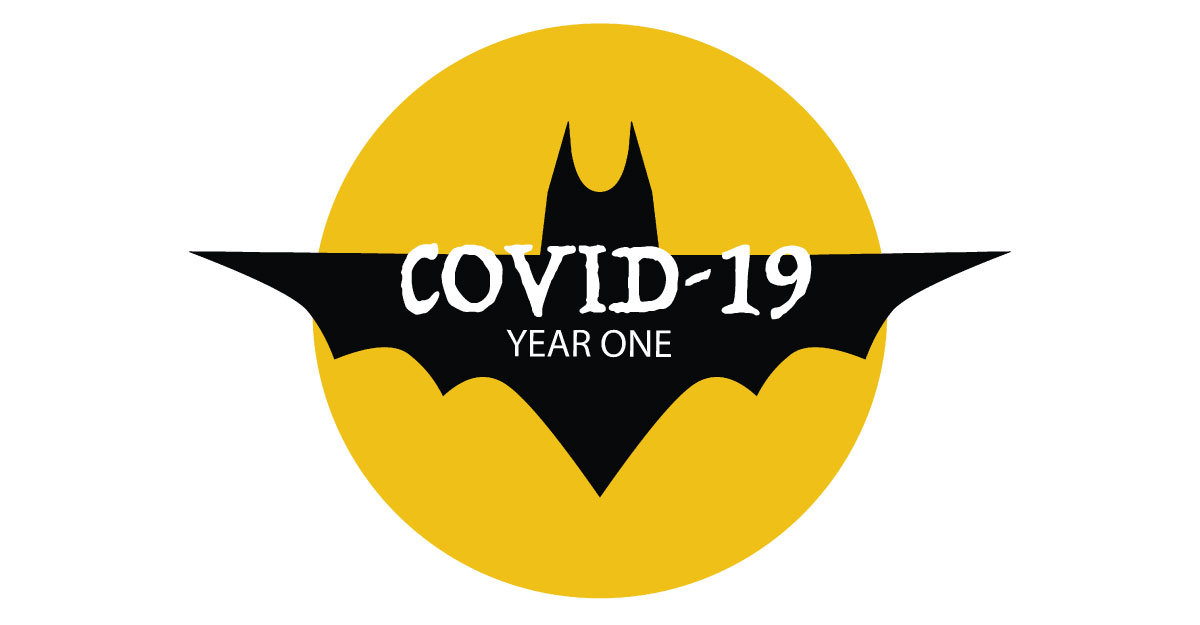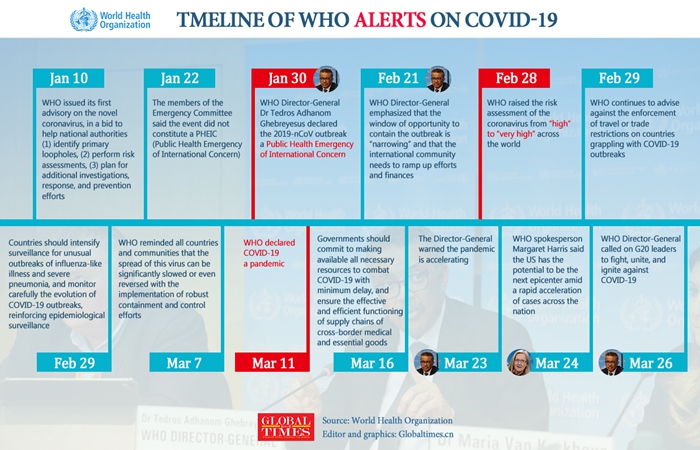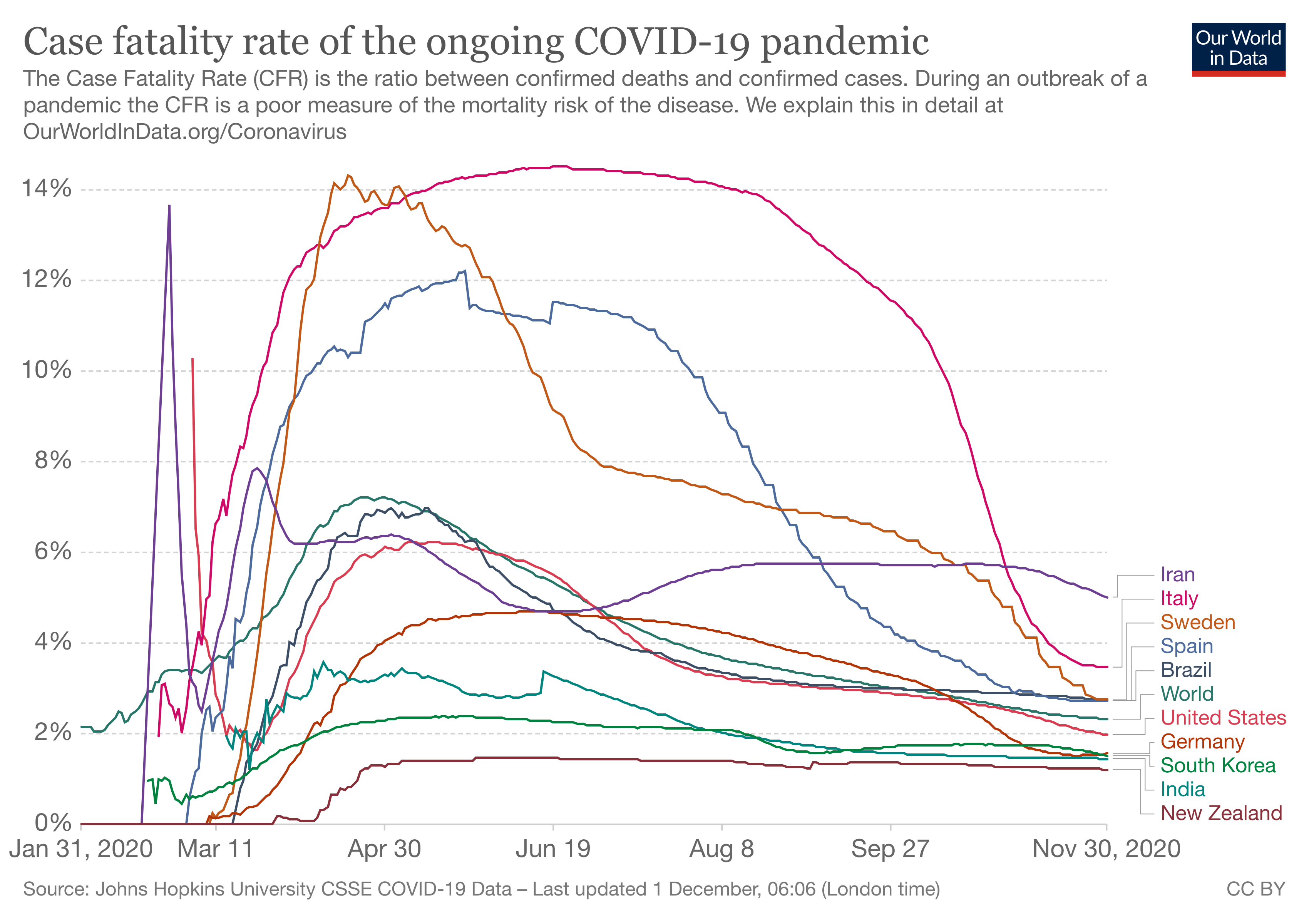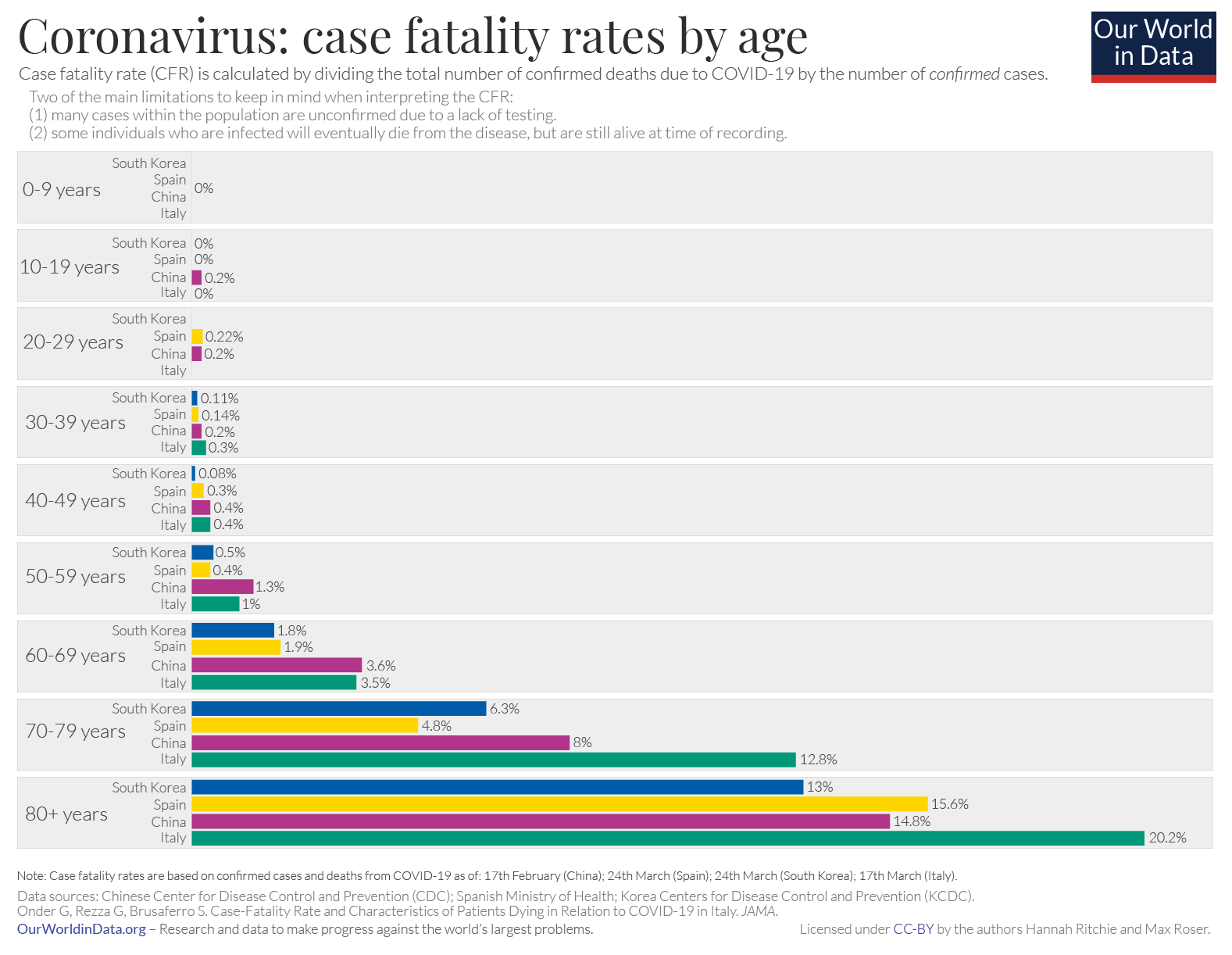COVID-19: Year One
By Marco Wong
(Biology & Chemistry Tutor)

It has been a year since the first human was infected by the new coronavirus, and the pandemic had ushered in a new norm of living. In the year 2020, the production of facial masks has doubled in China, the world panicked and found the new social distancing and hygienic lifestyle.
How it all started
In December 2019, there was a cluster of patients showing pneumonia symptoms in Wuhan China. Subsequently, the pathogen was identified to be a new species of coronavirus, which is similar to the coronavirus that caused SARS in 2003. In January, China declared the outbreak of SARS-CoV-2.
The virus spreaded fast and wide in February, and WHO finally made the assessment that COVID-19 can be characterized as a pandemic in March.

Italy’s first wave
During the first wave of COVID in Europe, Italy is one of the worst hit countries by having the earlier surge of daily confirmed cases and higher cumulative case count. It was unclear why the virus seems to be more infectious there than the neighboring countries.
A new study by the National Cancer Institute (INT) of Italy published on 11 Nov 2020 shed some light on such a mystery. According to the research, the antibody screened positive for blood samples collected from September 2019, which is before the first known case of COVID was diagnosed.
“What we noticed, and it was unexpected, we found more than 10 percent of the samples presenting antibodies against the COVID-19 virus” –Sozzi.
While the first case of COVID patients was diagnosed in February, the study showed that 11.6 percent of the 959 healthy volunteers enrolled as early as September 2019 had developed antibodies against SAR-CoV-2. This suggests that the virus had been circulating in Italy before the outbreak.
This research is also supporting the previous studies conducted by the same institute that found coronavirus in sewage in mid-December 2019, and another study that shows the difference of genetic content between Italy’s early cases and the strain from China.
The Drop of Death Rate

Compared to the first wave of COVID worldwide, Deaths have fallen among hospitalized COVID-19 patients this year. What does that indicate? Is the virus getting weaker?
Does age group matter?
The trend of COVID infected cases are shifting towards the younger age group, which have better immune response compared to the elder age group. It has been reflected by the mortality rate by age:

In some studies, they show that mortality has decreased among older patients, too. In a cohort at NYU, researchers found that mortality rates of COVID-19 patients dropped 18 percentage points from the start of the pandemic, falling from 26% in March to 8% in August. The same research showed a drop of mortality rate across all age groups. Similar studies have been conducted in the UK too. Our medical treatments might have been more experienced after a year.
What’s Next?
As in Hong Kong, we are currently facing the 4th wave of COVID-19. May we all stay vigilant and keep up our personal hygiene. It is worth noting that although the mortality rate has declined, COVID is still more fatal than many of the common infections, e.g. common flu. The fact that we do not have a specific targeted drug for it means we have not fully understood and conquered it yet. Let’s hope 2021 will bring us the cure and vaccine for the virus!
Reference
-
People’s Republic of China, The State Council Information Office. “Fighting COVID-19: China in Action,” June 7, 2020
http://www.scio.gov.cn/zfbps/32832/Document/1681809/1681809.htm.
-
HKUMed. “Understanding Fatality Rate of COVID-19 – How Is It Calculated? – Health Articles: HKUMed.” HKU Li Ka Shing Faculty of Medicine, 2020.
http://www.med.hku.hk/en/covid-19/articles/fatality-rate-of-covid-19.
-
Giovanni Apolone, Emanuele Montomoli. “Unexpected Detection of SARS-CoV-2 Antibodies in the Prepandemic Period in Italy – Giovanni Apolone, Emanuele Montomoli, Alessandro Manenti, Mattia Boeri, Federica Sabia, Inesa Hyseni, Livia Mazzini, Donata Martinuzzi, Laura Cantone, Gianluca Milanese, Stefano Sestini, Paola Suatoni, Alfonso Marchianò, Valentina Bollati, Gabriella Sozzi, Ugo Pastorino, 2020,” November 11, 2020.
https://journals.sagepub.com/doi/full/10.1177/0300891620974755.
-
Horwitz, Leora, Simon A. Jones, Robert J. Cerfolio, Fritz Francois, Joseph Greco, Bret Rudy, and Christopher M Petrilli. “Trends in Covid-19 Risk-Adjusted Mortality Rates in a Single Health System.” medRxiv. Cold Spring Harbor Laboratory Press, January 1, 2020.
https://www.medrxiv.org/content/10.1101/2020.08.11.20172775v1.
-
Khafaie, Morteza Abdullatif, and Fakher Rahim. “Cross-Country Comparison of Case Fatality Rates of COVID-19/SARS-COV-2.” Osong public health and research perspectives. Korea Centers for Disease Control and Prevention, April 11, 2020. https://www.ncbi.nlm.nih.gov/pmc/articles/PMC7104689/.
About The Edge
The Edge Learning Center is Hong Kong’s premier Test Preparation, Academic Tutoring, and Admissions Consulting services provider. Founded in 2008, The Edge has helped thousands of students improve their ACT and SAT scores as well as their IB and AP grades. The AC team has just finished off another successful period in which students gained acceptance to schools such as Columbia, Yale, UChicago, and more! Check out our latest Admissions Results!

